
Figure 2-1
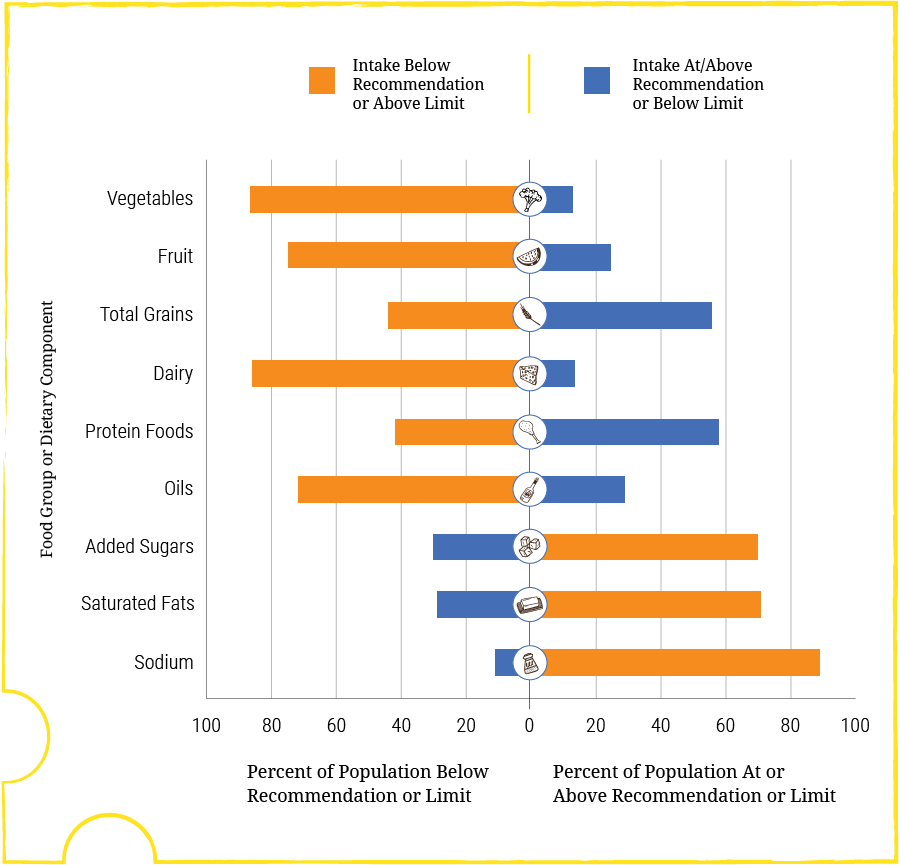
https://health.gov/our-work/food-nutrition/2015-2020-dietary-guidelines/guidelines/chapter-2/current-eating-patterns-in-the-united-states/#figure-2-1
NutrEval FMV® (First Morning Void) test identifies key nutritional deficiencies. The NutrEval FMV evaluates overall nutritional status to determine personalized supplementation needs for antioxidants, B-vitamins, minerals, essential fatty acids, amino acids, digestive support, and other select nutrients.
The NutrEval FMV is an advanced diagnostic tool to guide nutritional therapies, often augmenting and speeding recovery of complex chronic conditions. Select genomics biomarkers may be added to the profile for enhanced personalization of therapies.
The Organix® Comprehensive Profile is a nutritional test providing insights into organic acids and a view into the body's cellular metabolic processes. Additionally, children's reference ranges are designed to provide more accurate pediatric nutritional evaluations. Identifying metabolic blocks that can be treated nutritionally allows individual tailoring of interventions that maximize patient responses and lead to improved patient outcomes.
Organic acids are metabolic intermediates that are produced in pathways of central energy production, detoxification, neurotransmitter breakdown, or intestinal microbial activity. Marked accumulation of specific organic acids detected in urine often signals a metabolic inhibition or block. The metabolic block may be due to a nutrient deficiency, an inherited enzyme deficit, toxic build-up or drug effect. Several of the biomarkers are markers of intestinal bacterial or yeast overgrowth.
The Organix® Comprehensive nutritional test profile provides vital patient information from a single urine specimen. This organic acids nutritional test is valuable for determining:
The circulating levels of fat-soluble vitamins provides a good indication of their status throughout the body. The primary fat-soluble vitamins are involved in a vast array of protective and regulatory functions. The thoroughly intertwined and complementary actions among some of the fat-soluble vitamins is equally impressive with respect to optimization of health and disease prevention. Although overt deficiencies are rare, marginal status of specific fat soluble vitamins may be affected by poor diets, inappropriate supplementation, smoking, excessive alcohol consumption, malabsorption, and increased demand associated with chronic conditions such as cardiovascular disease and diabetes.
Analytes included: 25-Hydroxyvitamin D Total, 25-Hydroxyvitamin D2, 25-Hydroxyvitamin D3, B-Carotene, CoQ10, Retinol, Tocopherol alpha (E), Tocopherol gamma (E), Vitamin K (undercarboxylated osteocalcin).
Detailed Information: The circulating levels of fat-soluble vitamins (FSV) provides a good indication of their status throughout the body. All FSV have vital independent physiological functions, but there are also very important interactive functions among the FSV that should be considered. Beta-carotene, an anti-oxidant and excellent indicator of fruit and vegetable consumption, is the primary plant source (precursor) of vitamin A (retinol). Beta-carotene has other functions and its conversion to vitamin A varies significantly among individuals. Low thyroid function may slow the conversion of beta-carotene to vitamin A, and a significant percentage of the female population has diminished capacity to convert beta-carotene to vitamin A. The levels of beta-carotene and vitamin A are regulated independently, emphasizing the importance for assessing the status of both vitamin A “vitamers.”.
Vitamin E and CoQ10 are the primary anti-oxidants among the FSV and they protect against oxidation of polyunsaturated fatty acids in cell membranes and circulating lipoproteins; oxidized LDL is an independent risk factor for cardiovascular disease. Among the E vitamers, a- and ?-tocopherol have complimentary roles as anti-oxidants with ?-tocopherol having a greater role in protection against reactive nitrogen species. Over consumption/supplementation with a-tocopherol lowers ?-tocopherol status, emphasizing the need to assess the levels of both primary forms of tocopherol. One also needs to pay attention to very high levels of vitamin E as they may prolong clotting time. That is especially important with poor vitamin K status (elevated undercarboxylated osteocalcin) that may impair with the normal coagulation cascade..
Due to the heightened awareness of the vital regulatory roles of vitamin D, coupled with a high prevalence of vitamin D insufficiency in North America, there has been a significant increase of vitamin D supplementation. Indeed low vitamin D levels have been associated with increased risk of hip fractures, depression, and cardiovascular disease. However, addressing vitamin D status without attention to that of vitamins K and A may be consequential in the long run regarding bone health and undesirable calcium deposition. Vitamin K-dependent calcification of specific proteins, such as osteocalcin, is very important for several physiological functions including and bone and vascular health. A high serum level of undercarboxylated osteocalcin indicates a functional deficiency of vitamin K in the body, and should be addressed along with clinical intervention to optimize vitamin D levels..
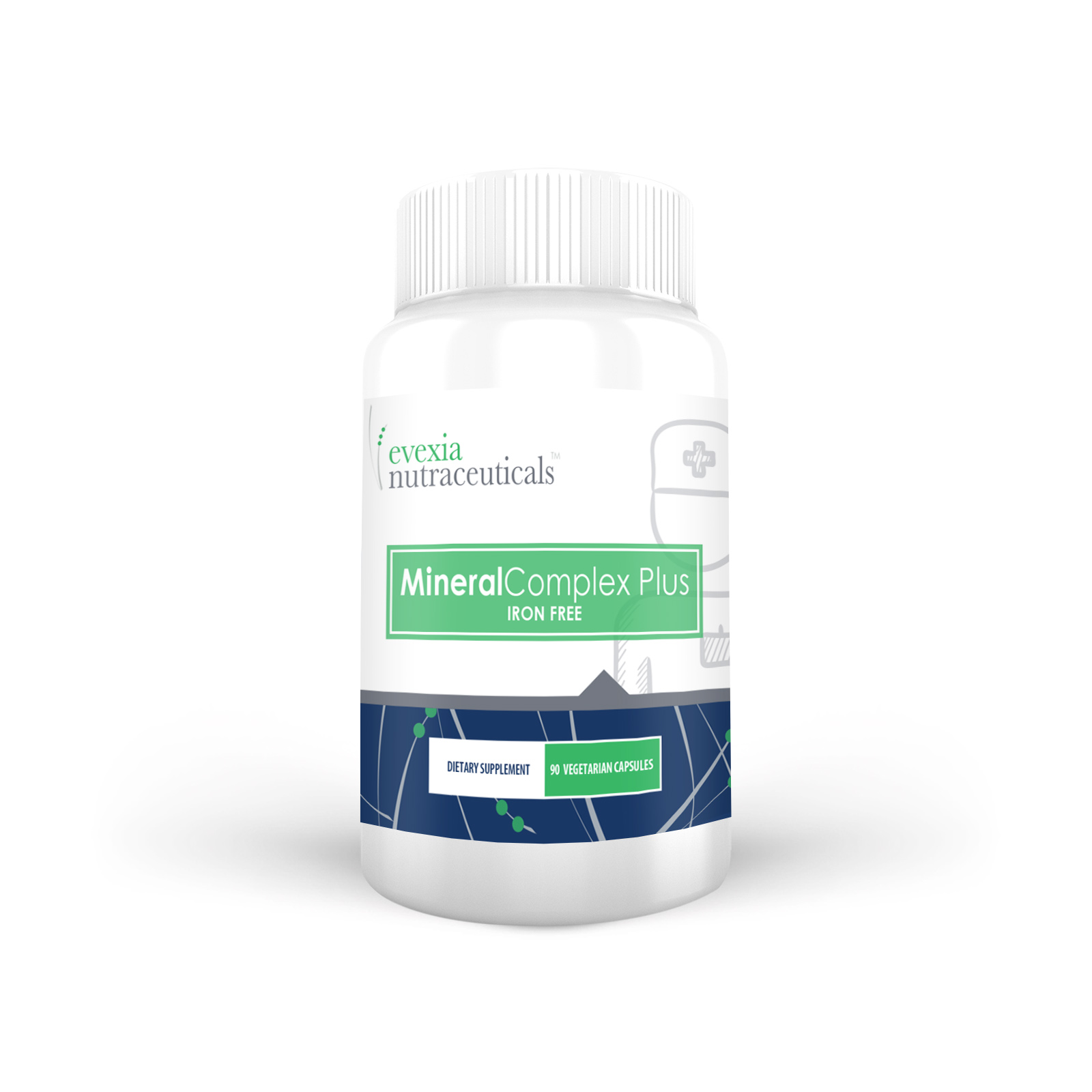
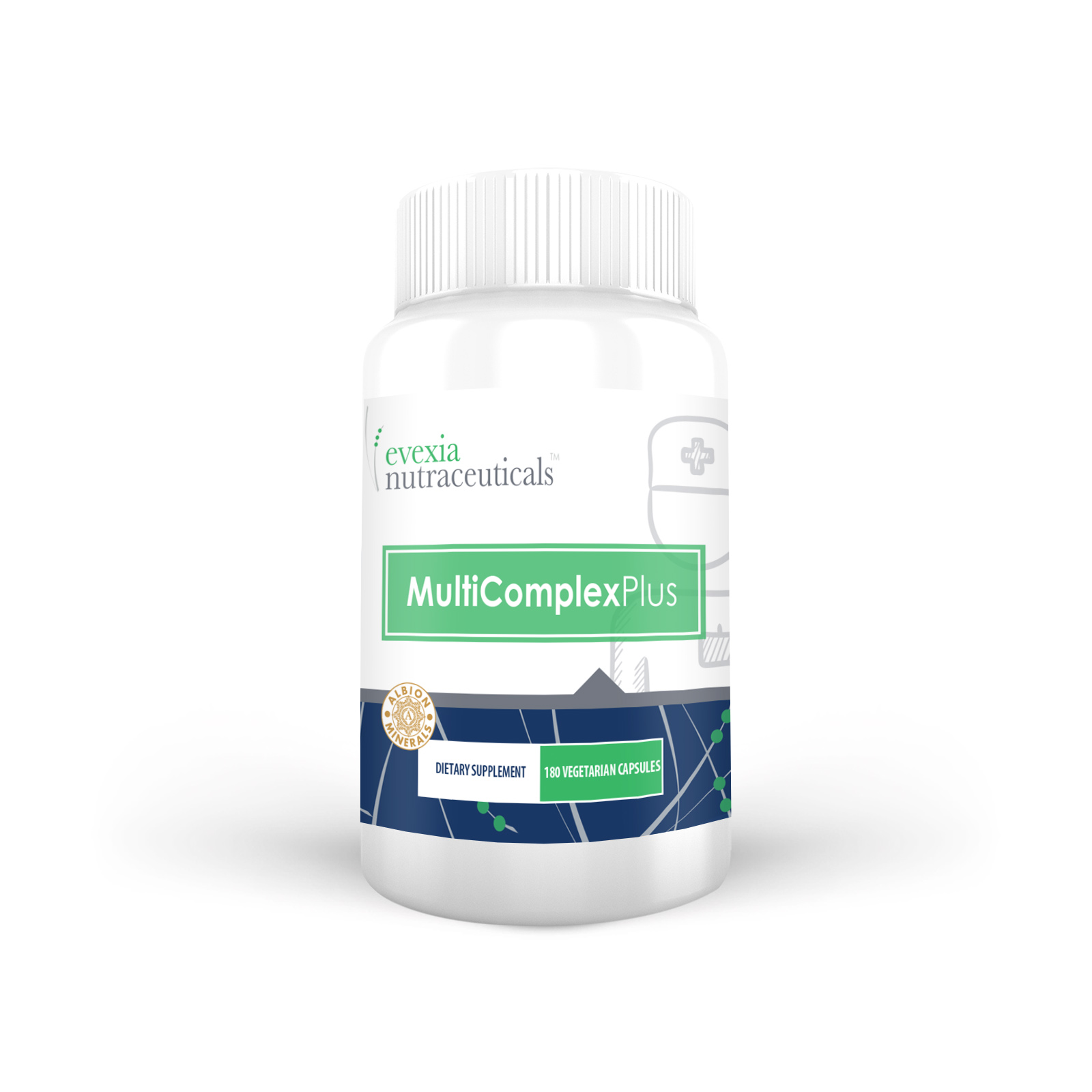
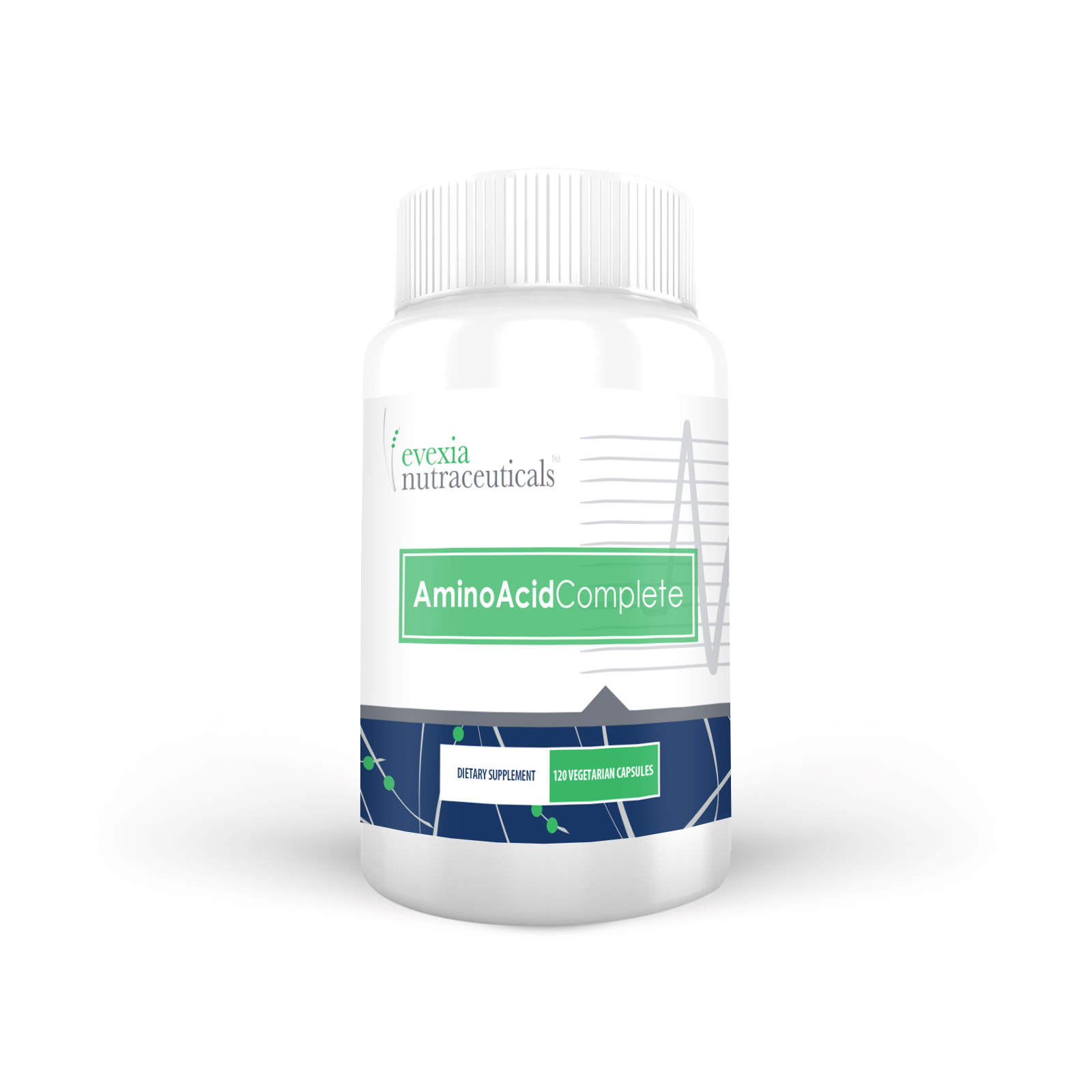
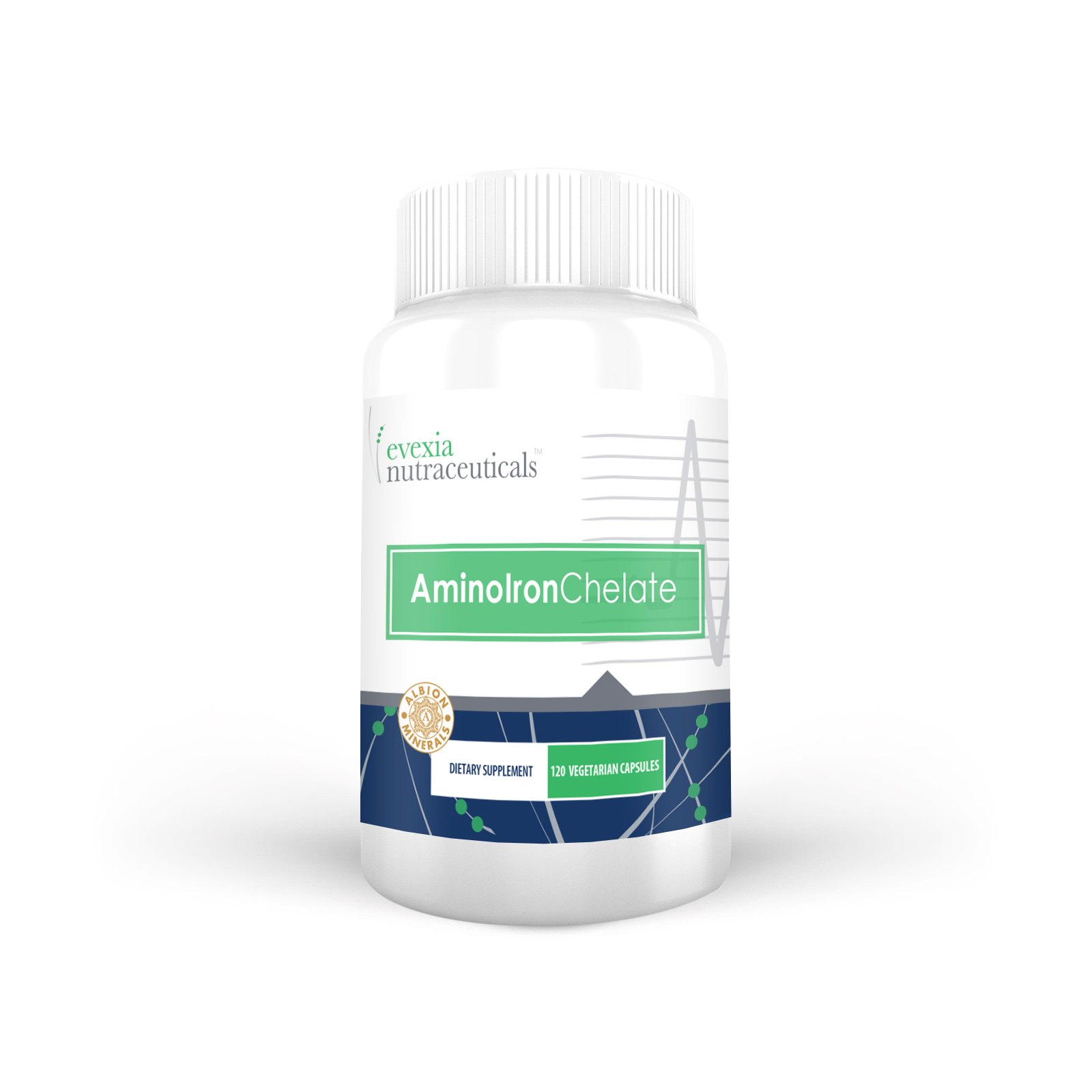
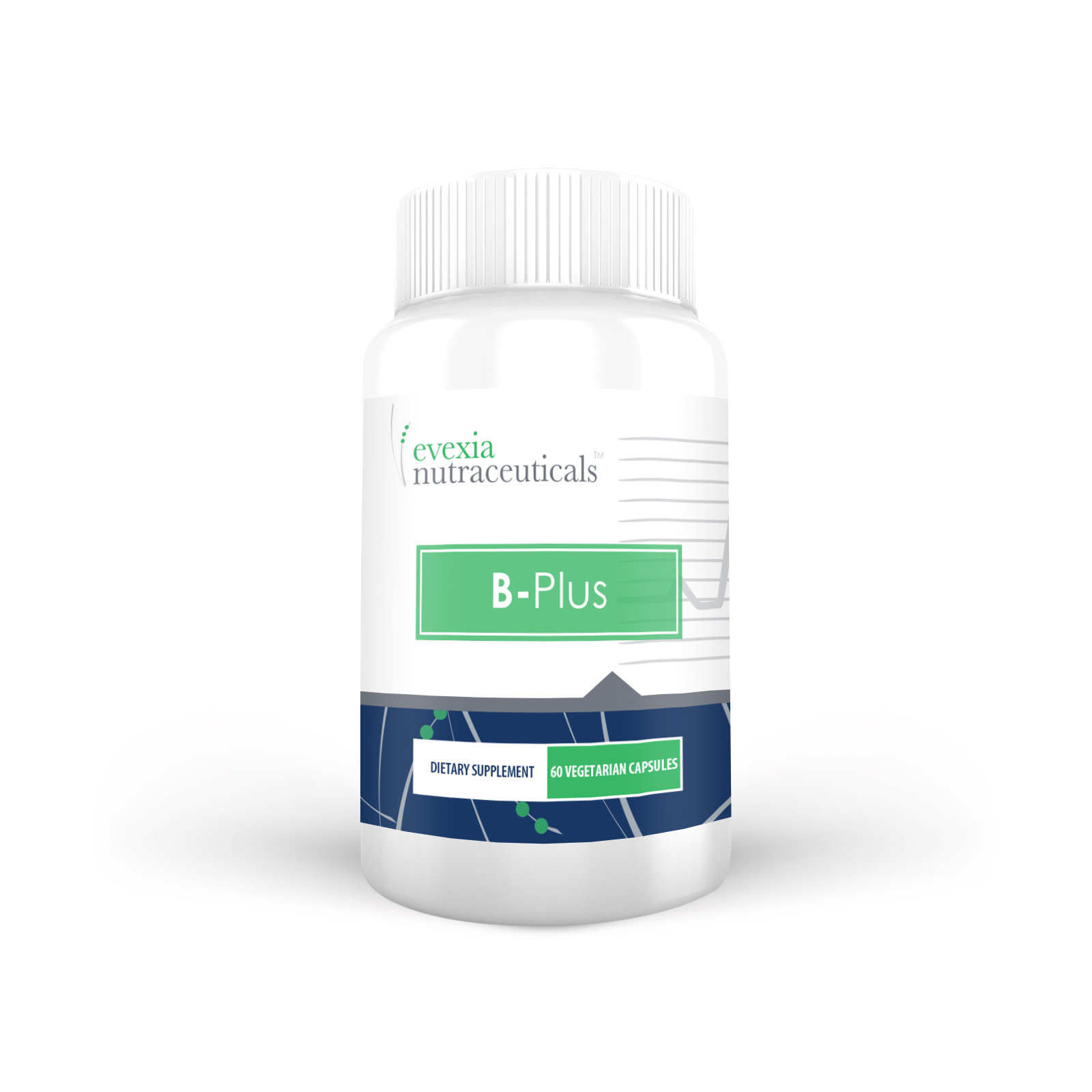
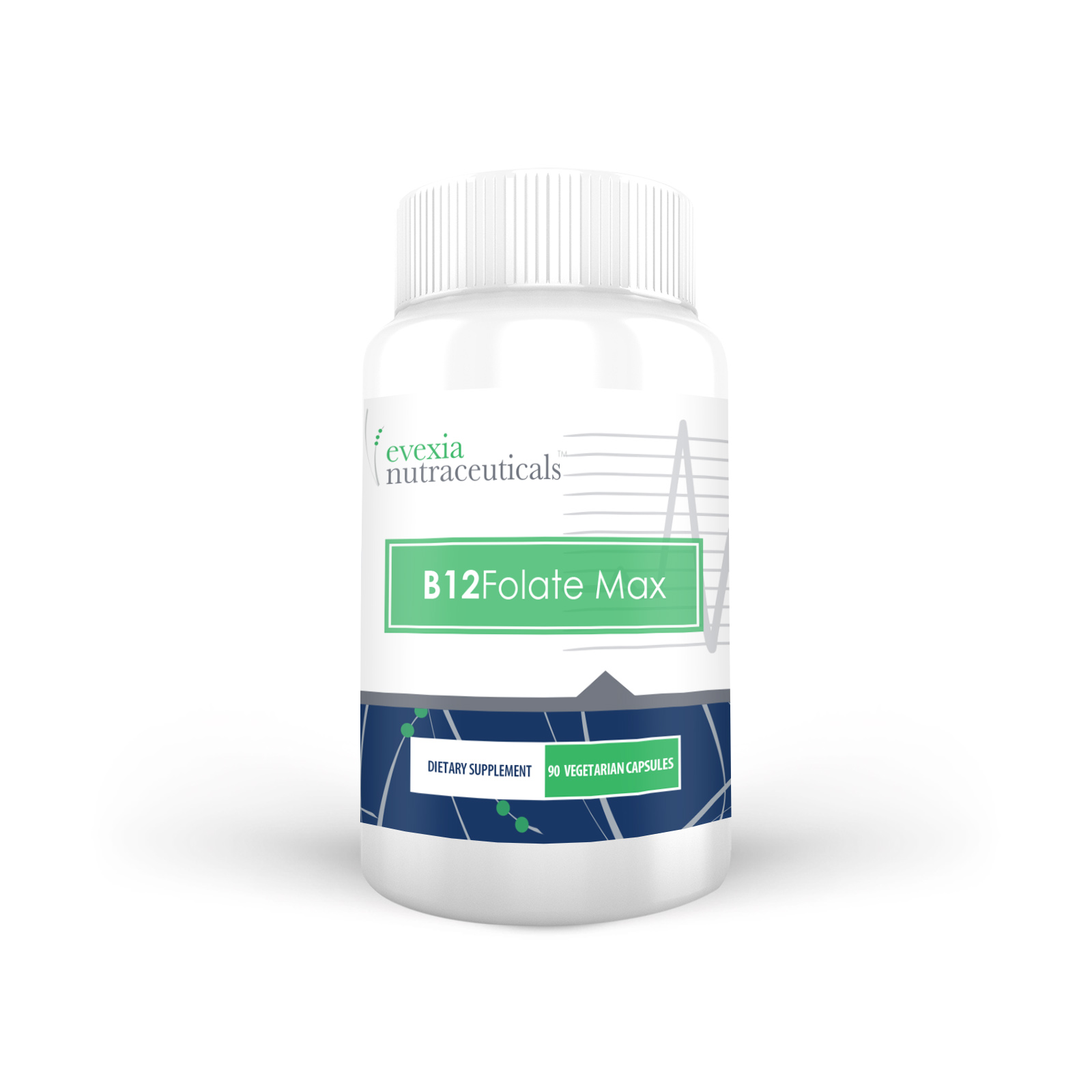
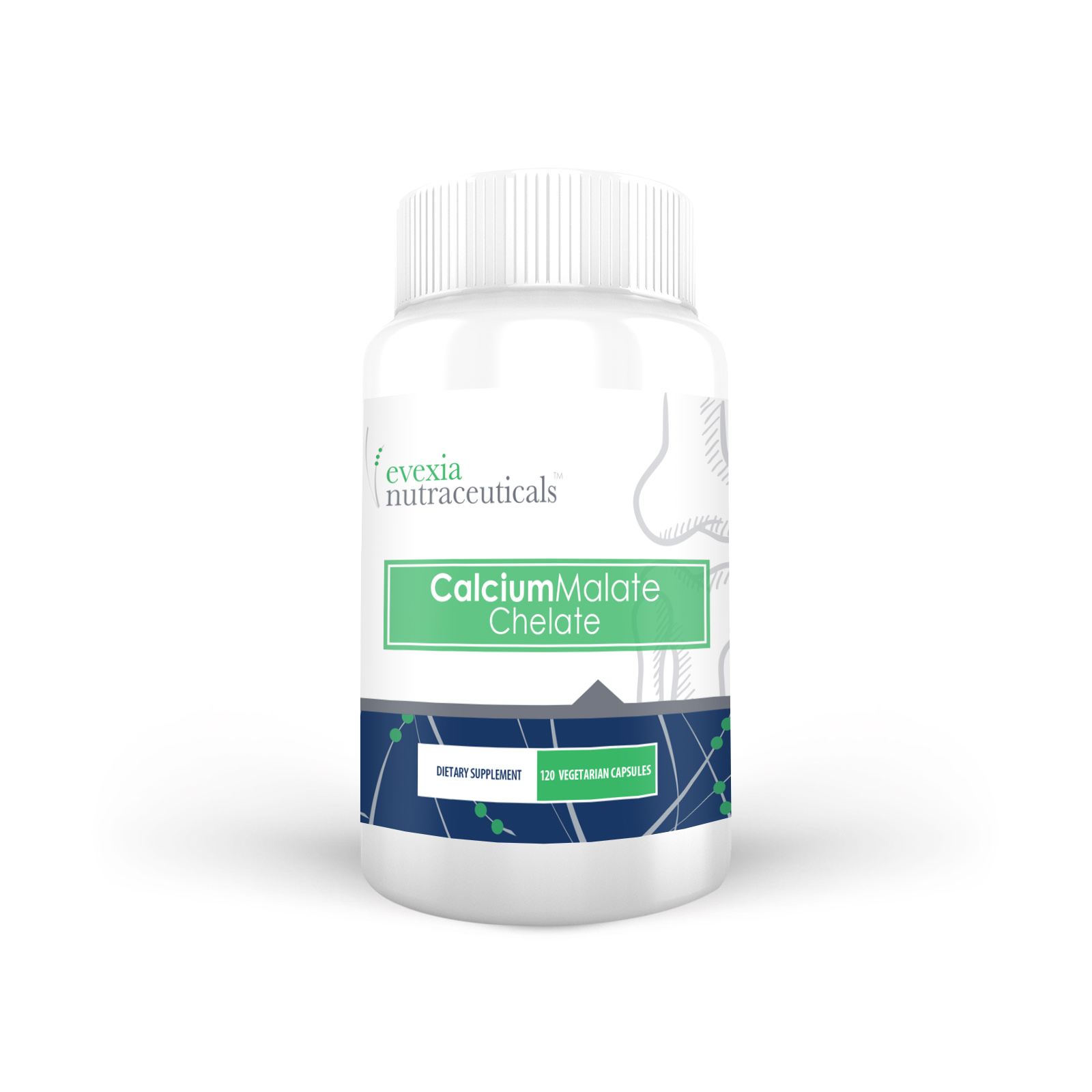
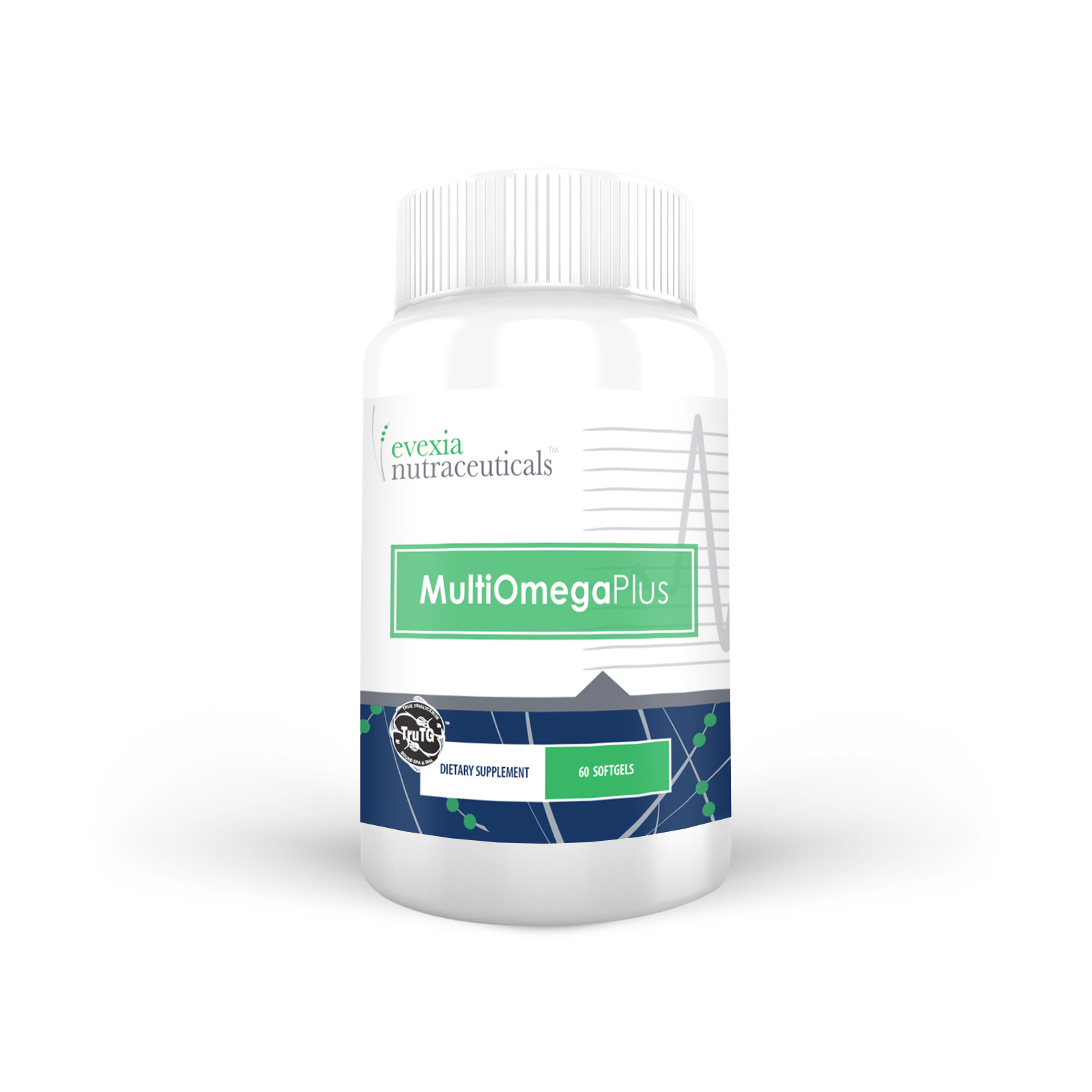
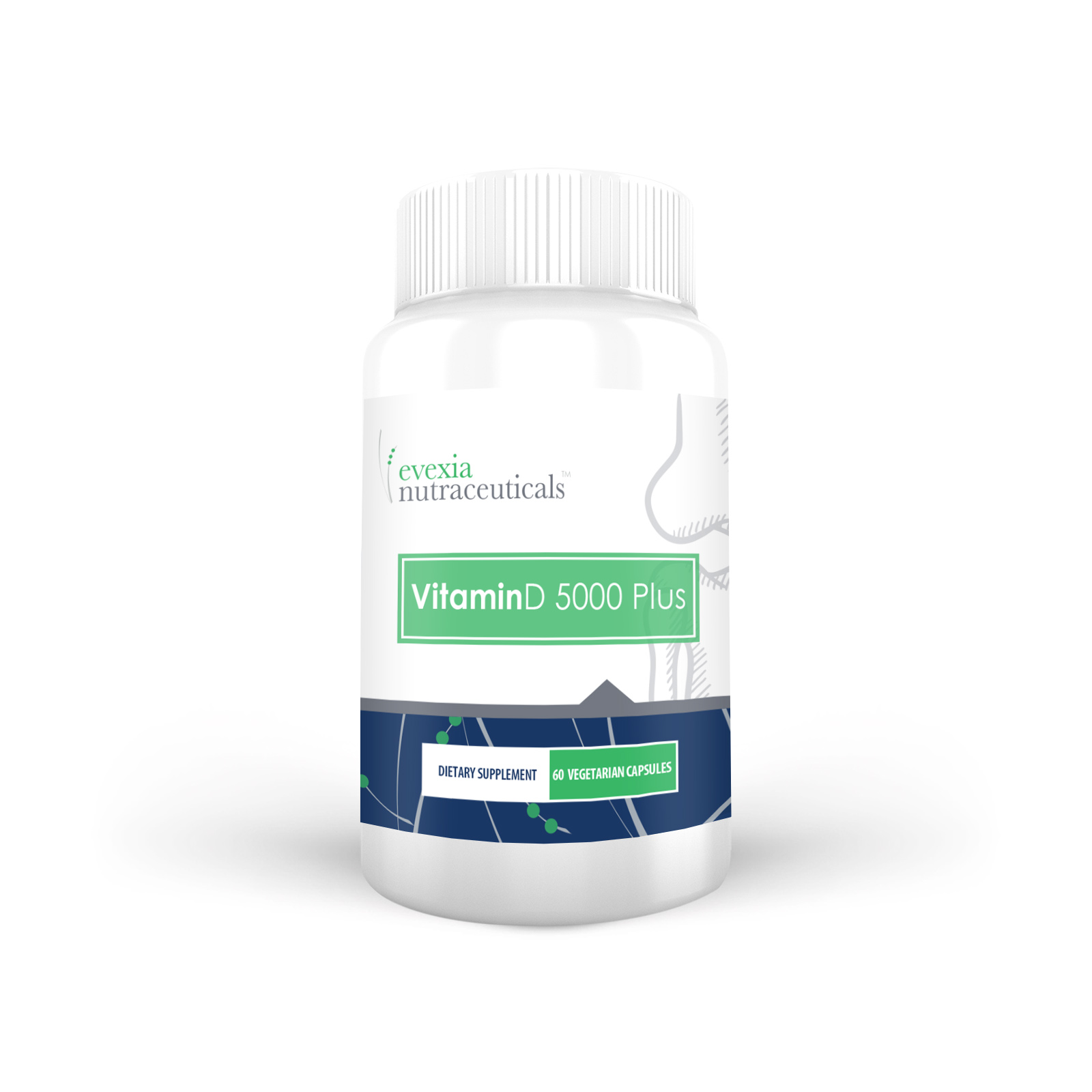

*This offer is good through April 30th, 2020